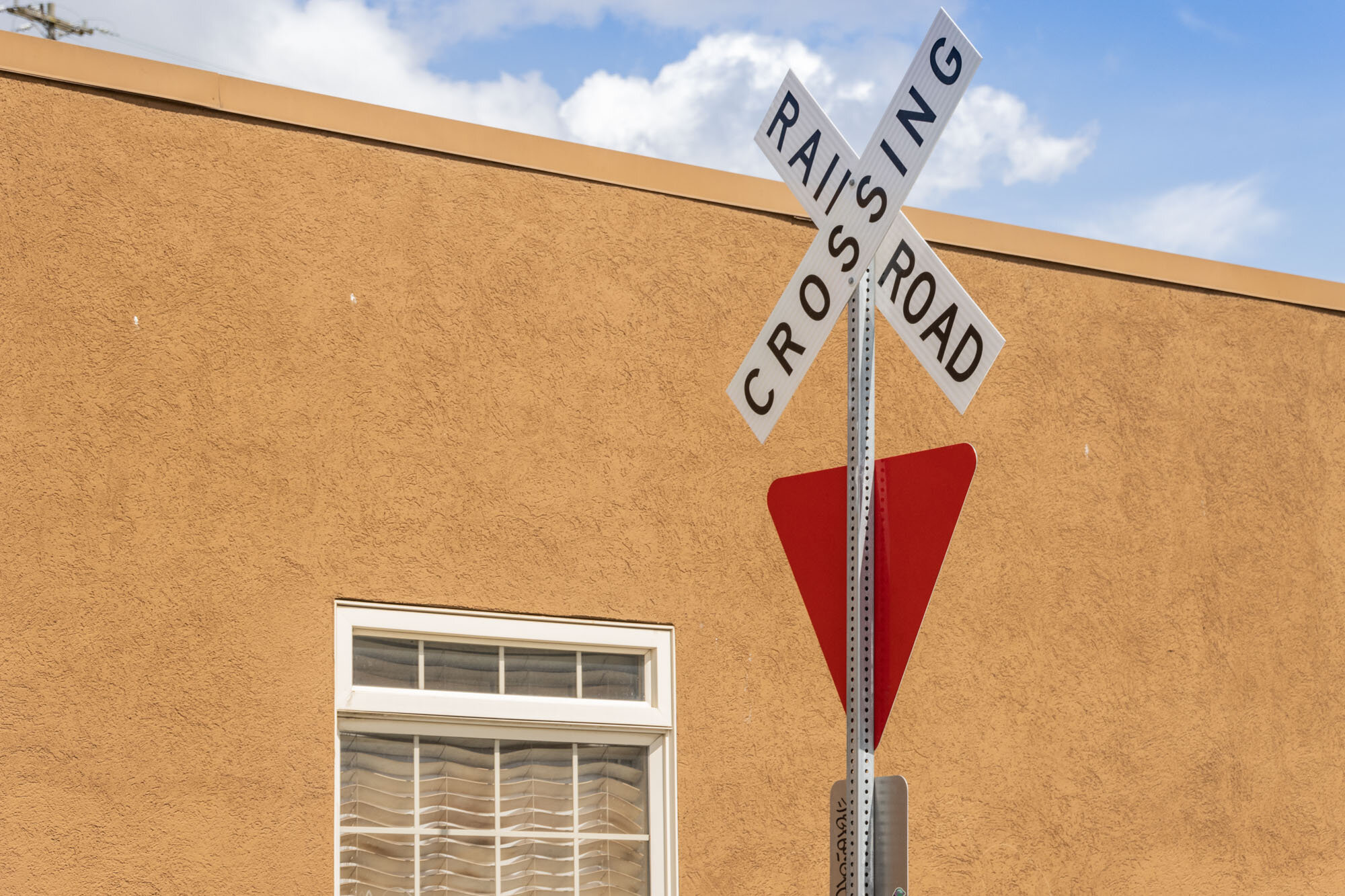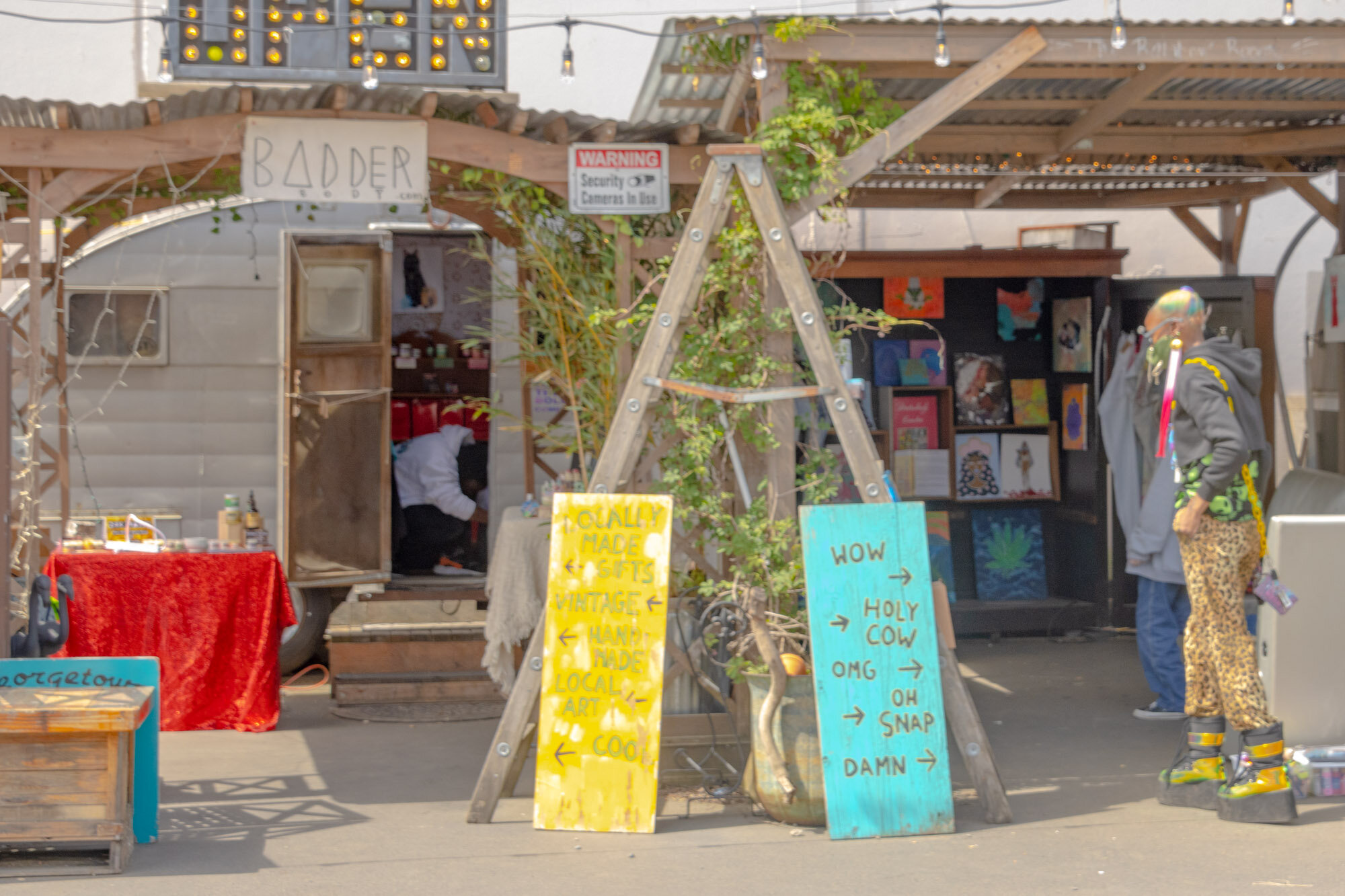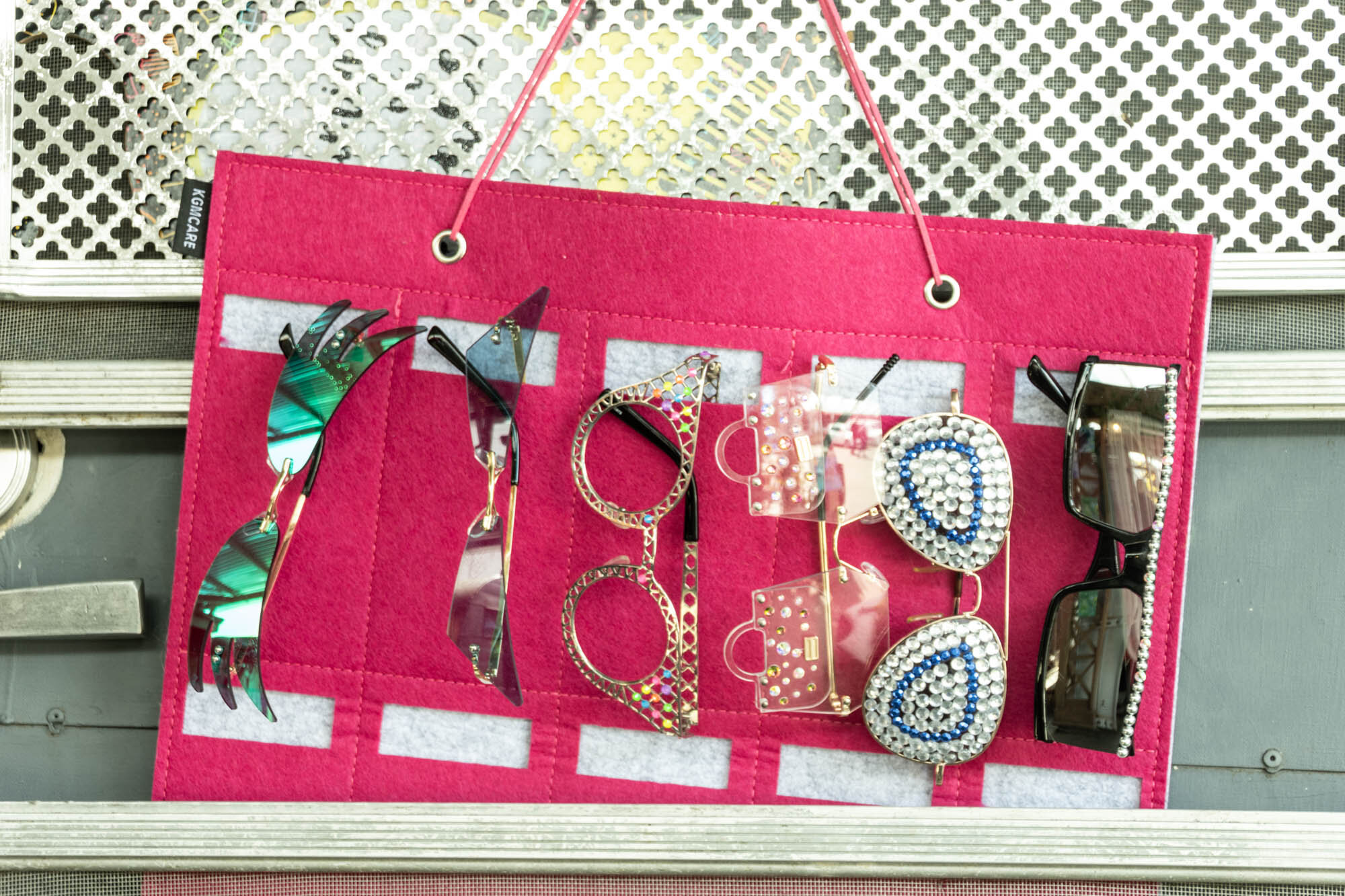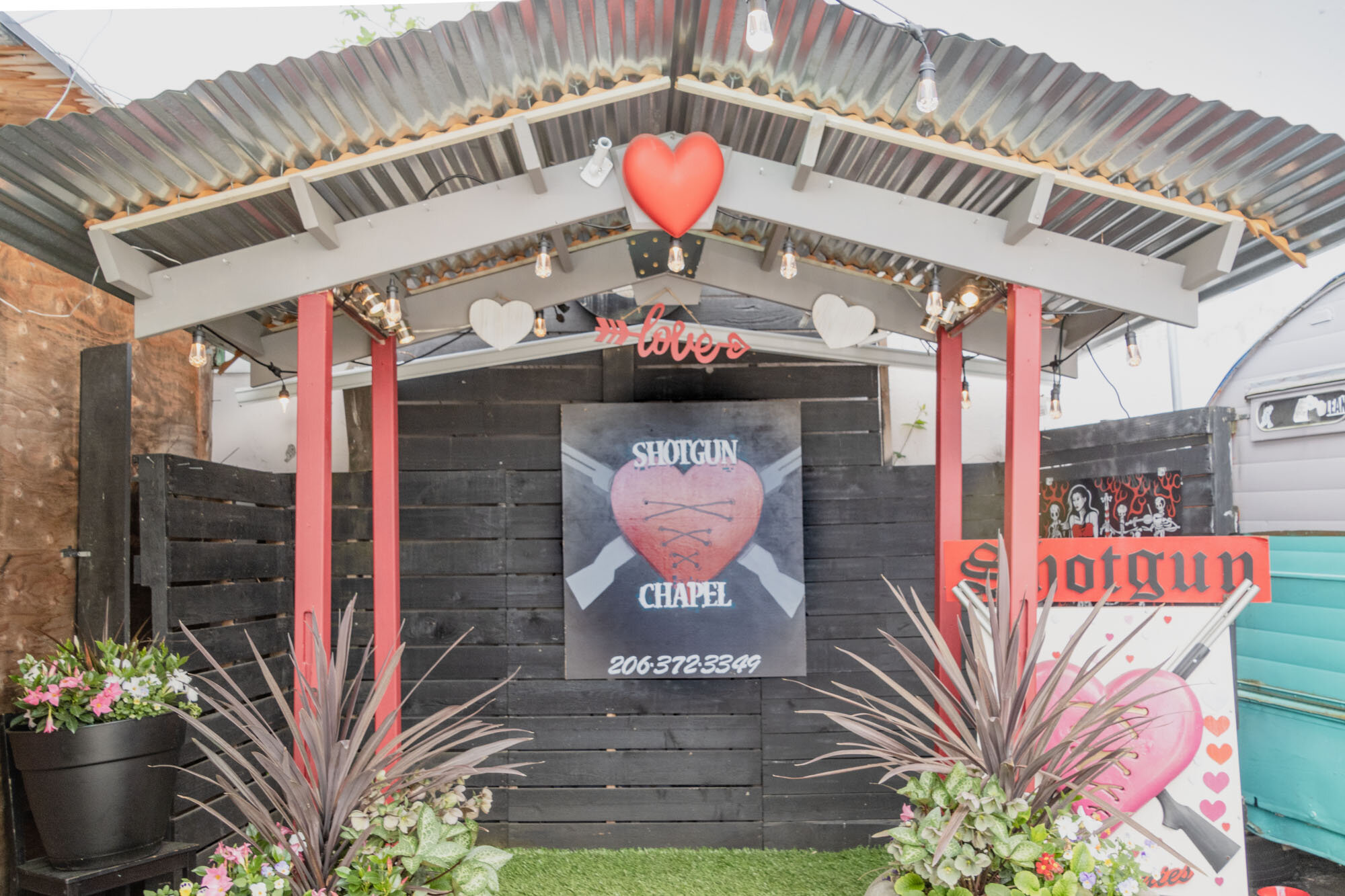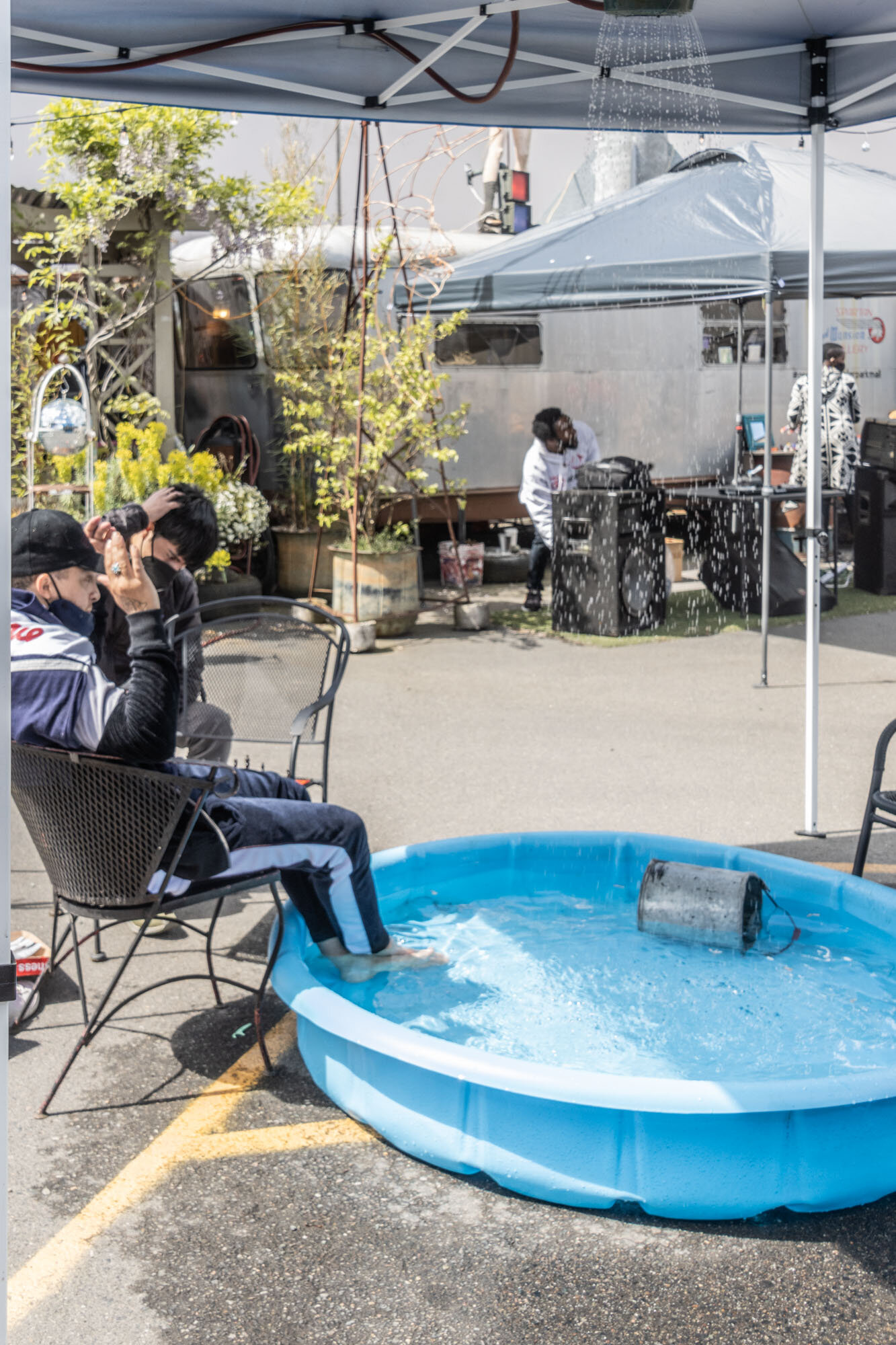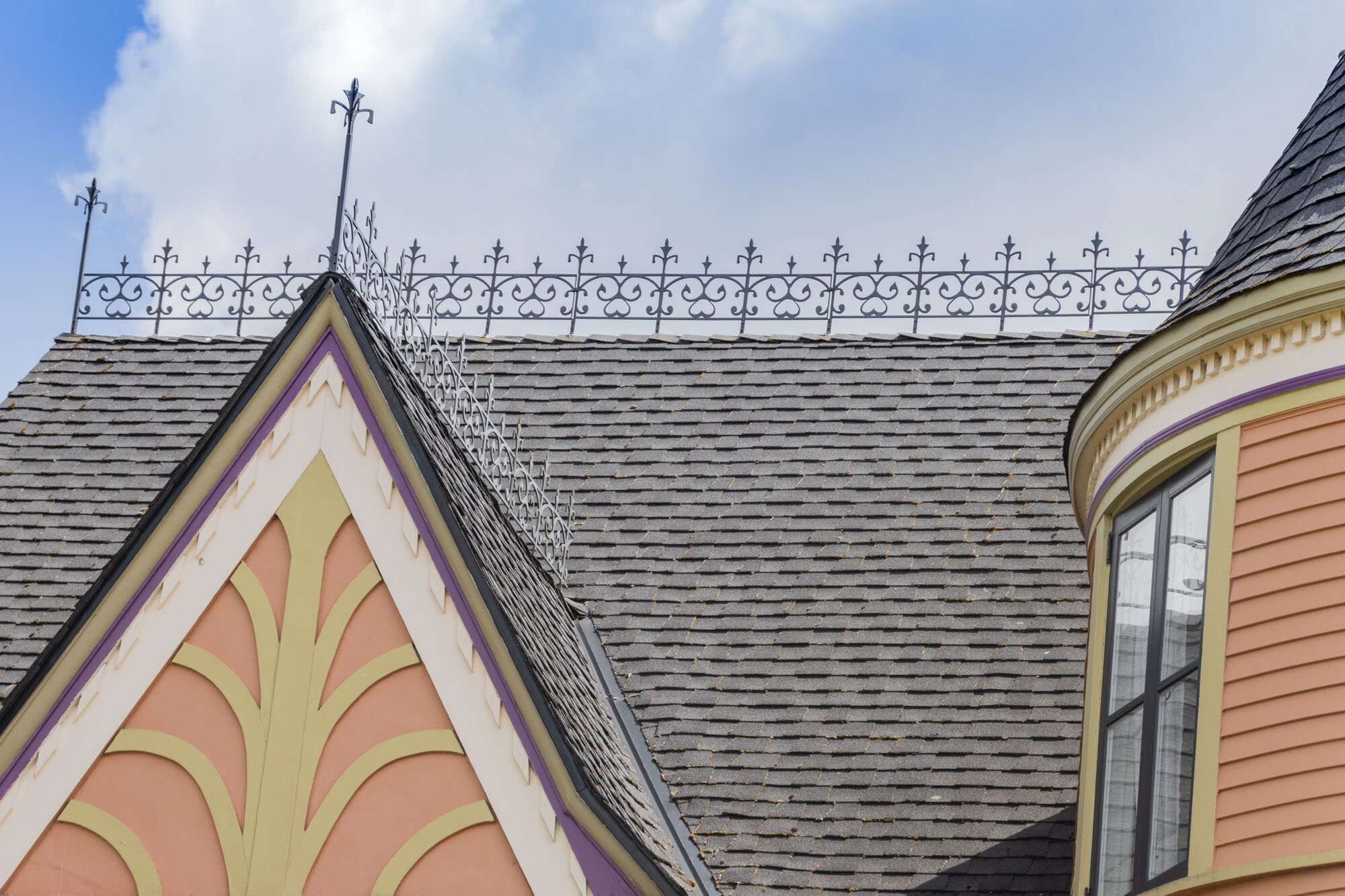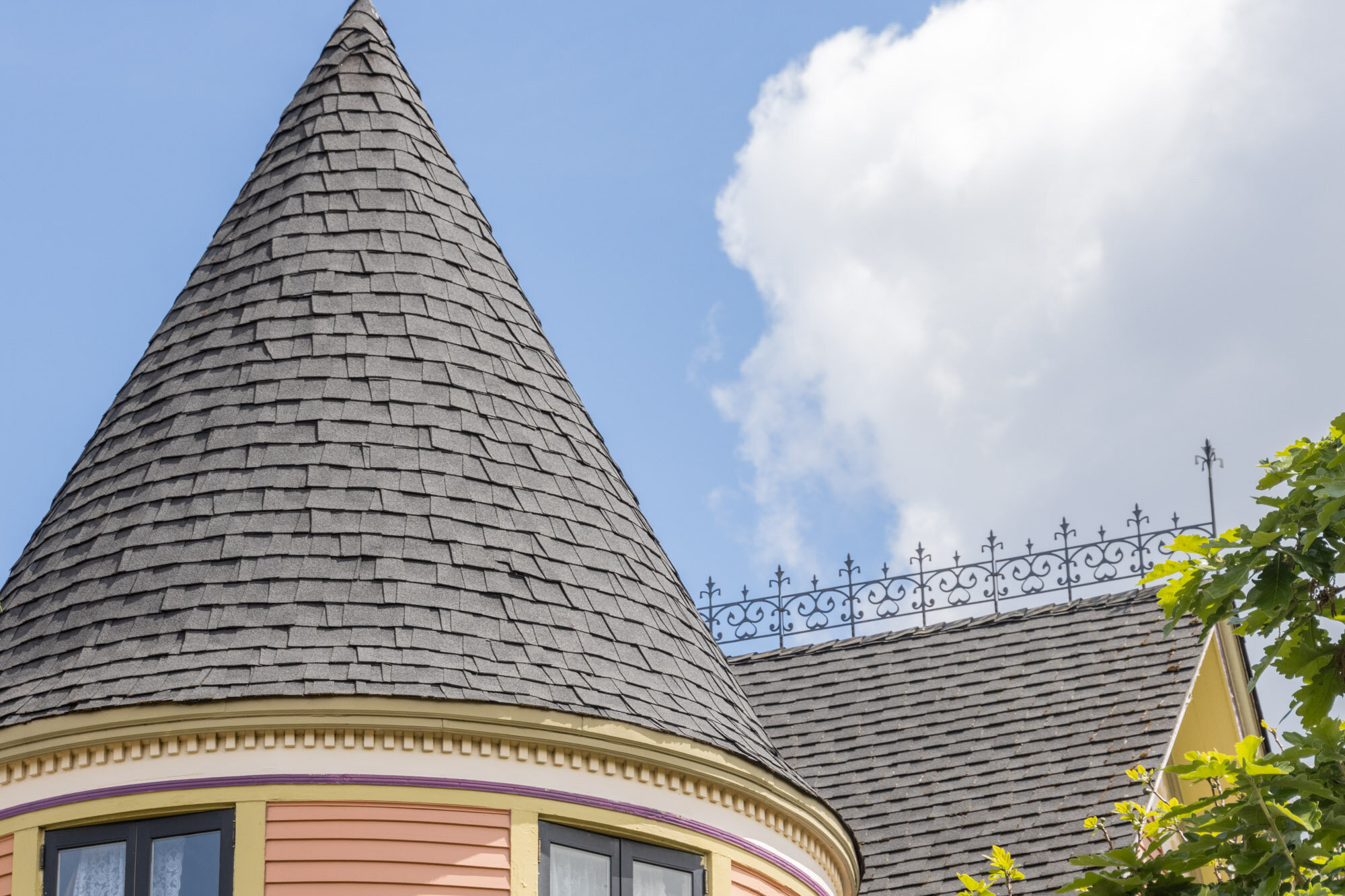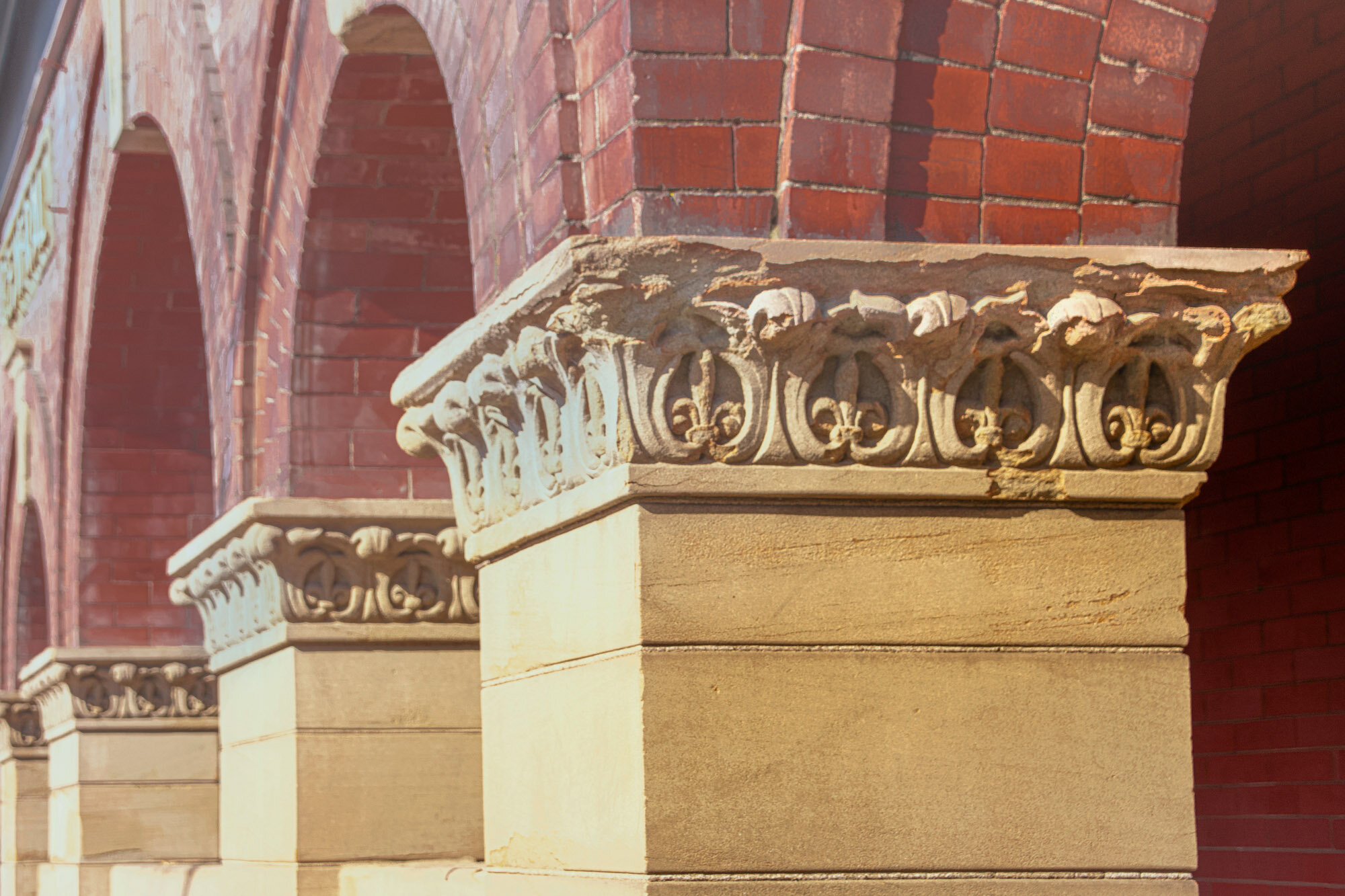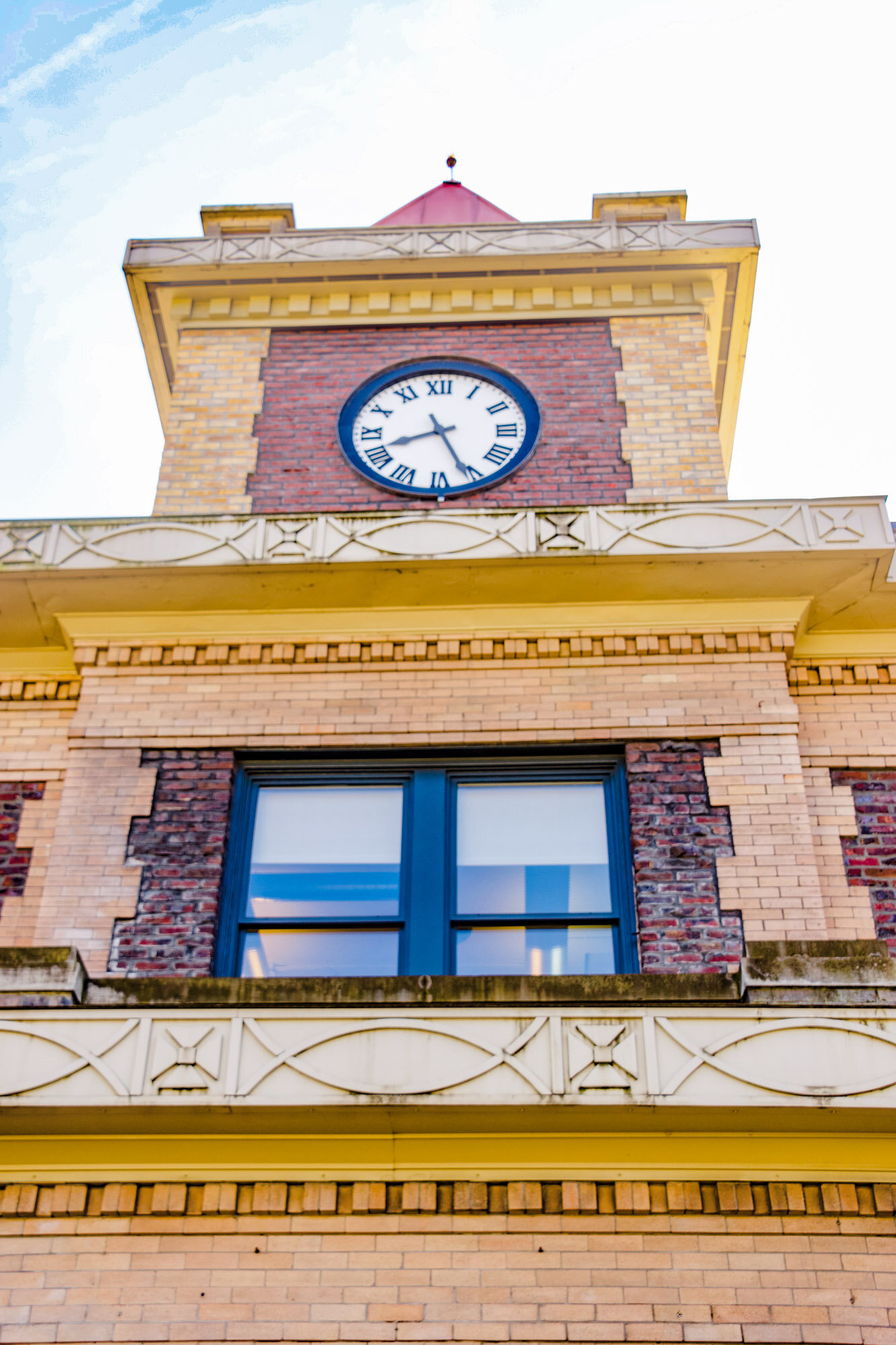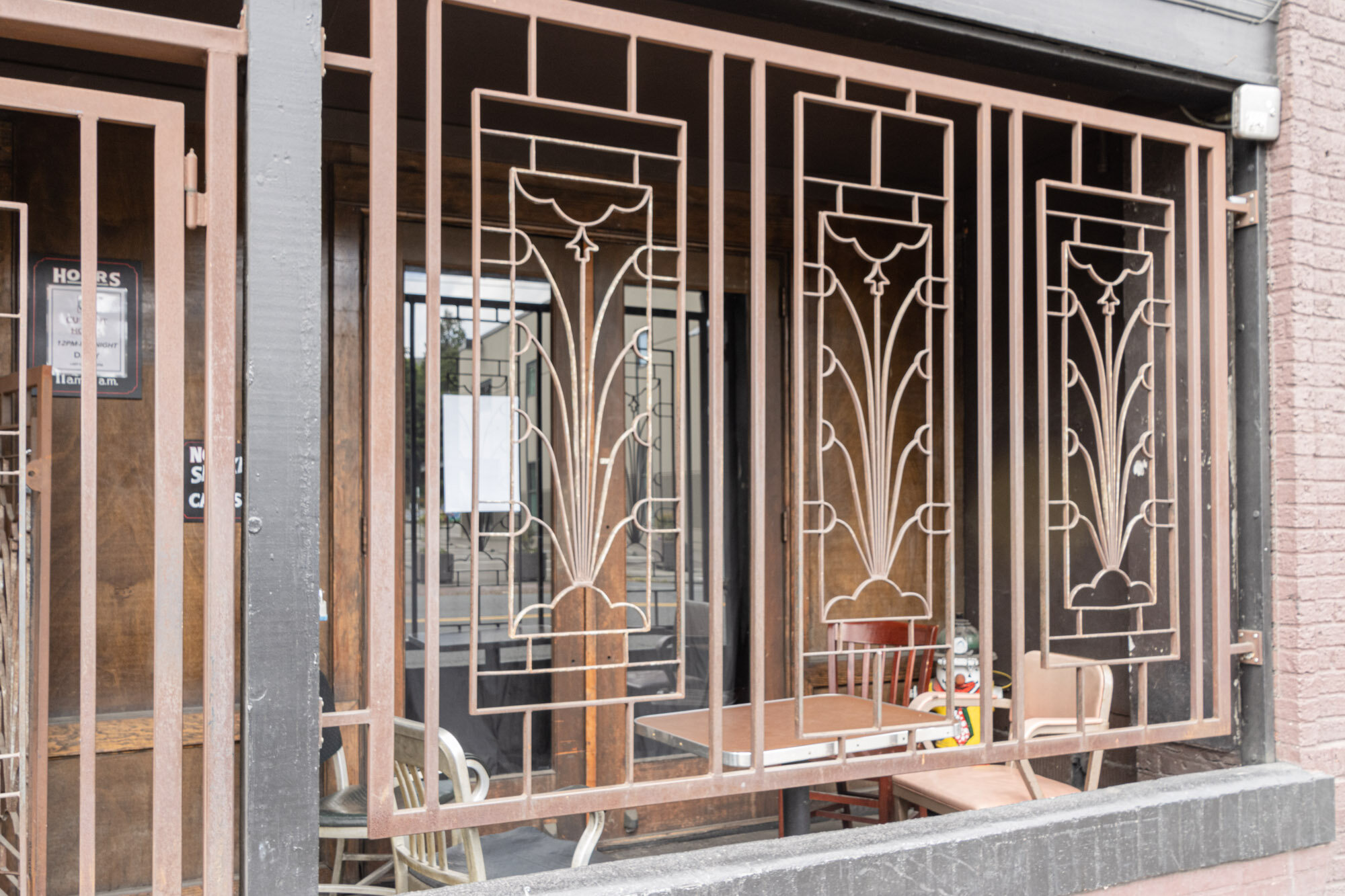Georgetown
Georgetown is the oldest neighborhood in Seattle, having the first completed permanent structure in the area. In September 1851 Luther Collins was exploring the Duwamish valley and was granted 640 acres of land by the Donations Land Claim Act, passed by Congress in 1850. No surprise, there was conflict between the Natives and the settlers over land, and in 1855 fighting broke out when settlers encroached the land inhabited by the Duwamish tribe. Once the conflict ended, Natives that hadn’t moved to the reservations earned cash by picking hops and other crops on land owned by the settlers.
Georgetown also became a largely industrial neighborhood because of the rail line that had its first run on March 7, 1877 between the Steele’s Landing on the Duwamish (the present-day intersection of S. Lucille Street and East Marginal Way) and the coal mines in Renton. Those lines later extended to other coal sites in South King County and beyond. With its access to resources, industries including foundries, brickyards, breweries, and lumber mills grew rapidly. In 1902, the town became a stop on the electrified Seattle-Tacoma Interurban Railway. All major rail connections to Seattle from the south ran through Georgetown along the base of what later became Beacon Hill.
With the Rainier Brewery sign having been so dominant going south on I-5, one must acknowledge its place in the history of Georgetown. At one point in time Georgetown became the sixth largest beer producing district in the world due to its access to good hop-growing areas in the Duwamish valley. Beer production started in 1883 as the Bay View Brewing Company which later merged with two other brewing companies. The new firm was called Seattle Brewing and Malting Company (SBMC). and the name Rainier became the flagship brand of SBMC, honoring the mountain that was seen so clearly on sunny days.
When Seattle began to limit liquor licenses in 1908, Georgetown became the beneficiary of those limits with its liberal alcohol laws. At one point, with 24 saloons open 24 hours a day, an ordinance was passed, but mostly unenforced, to close the bars at 1:00 a.m. Not long after, In 1910, Georgetown was annexed by the city of Seattle.
The building that houses the Jules Maes Saloon was constructed in 1888 as a grocery and hardware store called the Brick Building, and later became a saloon. It is said that boxing matches took place in the back room. In 1912 Jules Maes, known as “the mayor of Georgetown” bought the bar. It is one of the contenders for the title of “oldest bar” in Seattle, along with several of the Pioneer Square bars.
Georgetown is kind of quirky place. It’s got the feeling of a small town with unique attractions that raised my curiosity as I learned about this neighborhood. The Georgetown Trailer Park Mall, open on weekends only, is a collection of eight storefront trailers that are permanently located on this spot and sell vintage clothing, accessories, home goods, and almost anything else. There is also a wedding chapel that serves couples that have their marriage licenses and arrange in advance with its proprietor who is legally allowed to perform marriage ceremonies. In the middle of the mall’s lot on the day I visited, was a “watering hole”, described to me as a place to cool off and visit with friends. The watering hole was actually a small child’s pool that was set up with a shower head with cold water that flowed continuously. And friends were just sitting around their watering hole, shooting the breeze, just like Tom and Huck.
Are you familiar with the Georgetown Castle, AKA the Gessner Mansion? There are a number of stories about this former brothel and gambling saloon that was built in 1902 in what was then the red-light district, by the blackjack dealer, Peter Gessner. It is said that the second floor is haunted by Gessner himself. He died by suicide in 1903 by drinking carbonic acid, supposedly from a broken heart after his wife Lizzie ran away with a chicken farmer. The Castle was also thought to have two ghosts – one a disgruntled former employee sometimes named Sarah, and other times named Mary. There is also the story of an unwed mother who was locked in the castle’s tower and separated from her baby, whose wails “rise up nightly from the garden weeds”. The house was purchased by a mother and son in 2004 who brought it back to life from its dilapidated condition so it resembles its original Queen Anne style. I think it’s is quite attractive with its many architectural details.
Then there is the Georgetown Hat ‘n Boots, which lives just across the street from the Castle in Oxbow Park. In 1953 there was a plan to build a Frontier Village on US 99. Artist Lewis Nasmuth was hired to design the village’s gas station to grab motorists’ attention. His idea was readily approved - a gas station beneath a cowboy hat and bathrooms located inside of each of the giant cowboy boots. The gas station, named Premium Tex because it sold Texaco gasoline, and Foodville , a grocery store, were the only businesses that were ever completed in Frontier Village . In 1988 the gas station was abandoned and eventually fell into ruin. Ultimately the land defaulted to the state which offered to sell Hat ‘n Boots for $1 to anyone that would move them somewhere else.
This area with so much history has now become one of the new trendy Seattle neighborhoods. The former City Hall is now a dental practice, the original Rainier Brewery houses artists’ lofts and small businesses, and new bars and art galleries have sprung up along Airport Way South, adding to those that have been around for decades. These old buildings have such beautiful designs built into their structures. Art Attack, a collection of fine art and performances in locations throughout its “downtown” area takes place on the second Saturday night each month. And during the day on the same second Saturday, through September, is the Junk Attack flea market and swap meet. It’s a fun place to visit, and I have a feeling, there’s always something going on in Georgetown.



